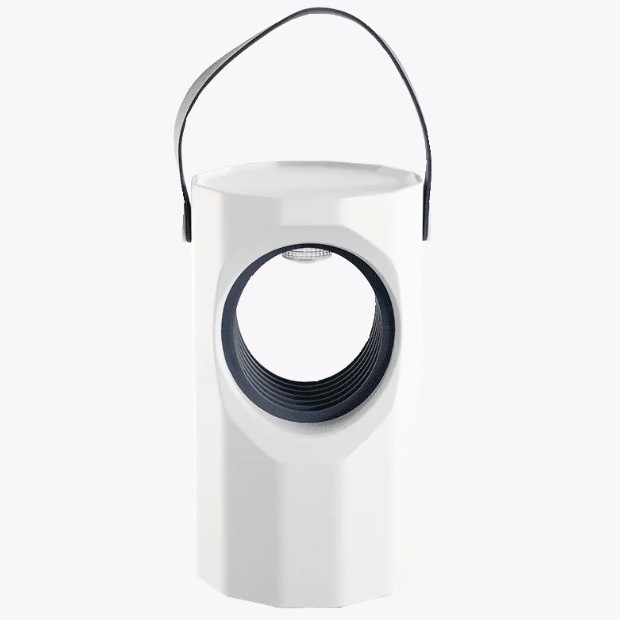UV mosquito killer lamps are innovative devices designed to attract and eliminate mosquitoes using ultraviolet (UV) light. These lamps offer an effective and environmentally friendly solution for controlling mosquito populations indoors. Their operation is based on the principle of attracting mosquitoes with UV light and then either electrocuting them or trapping them using various mechanisms.
The primary mechanism of UV mosquito killer lamps involves the emission of UV light, which is highly attractive to mosquitoes and other flying insects. Mosquitoes have a natural phototaxis response, meaning they are instinctively drawn to sources of light. UV light, in particular, is known to mimic the wavelengths emitted by the sun, making it especially enticing to mosquitoes. As mosquitoes approach the UV light source emitted by the lamp, they become lured towards it, ultimately leading them closer to the device.
Once mosquitoes are drawn to the UV light, the mosquito killer lamp employs one of two main mechanisms to eliminate them: an electrical grid or a trapping mechanism. In devices equipped with an electrical grid, mosquitoes that come into contact with the grid are subjected to a high-voltage electrical shock. This electric shock is typically lethal, instantly killing the mosquito upon contact and effectively eliminating it from the area. The electrical grid is often positioned around the UV light source, creating an electrified barrier that intercepts mosquitoes as they approach the lamp.
On the other hand, some mosquito killer lamps utilize a trapping mechanism instead of an electrical grid. These devices may feature a fan or suction mechanism that draws mosquitoes towards the lamp. Once mosquitoes are in close proximity to the device, they are either sucked into a compartment or container where they become trapped or captured by adhesive surfaces. In this trapping mechanism, mosquitoes are immobilized and eventually die due to dehydration or asphyxiation, thus effectively removing them from the environment.
In addition to UV light attraction, some mosquito killer lamps incorporate secondary factors to enhance their effectiveness. For instance, certain models may emit carbon dioxide (CO2), a chemical compound that simulates human breath and further attracts mosquitoes. Additionally, some lamps may emit scents or pheromones that mimic human sweat or body odors, making the device even more irresistible to mosquitoes.
While UV mosquito killer lamps offer a non-toxic and environmentally friendly alternative to chemical insecticides, their effectiveness can be influenced by various environmental factors. Factors such as the presence of competing light sources, the location of the lamp, the time of day, and surrounding temperature and humidity levels can impact their efficiency. Furthermore, while these devices can help reduce mosquito populations in localized areas indoors, they may not provide complete protection against mosquitoes outdoors or in large open spaces.







